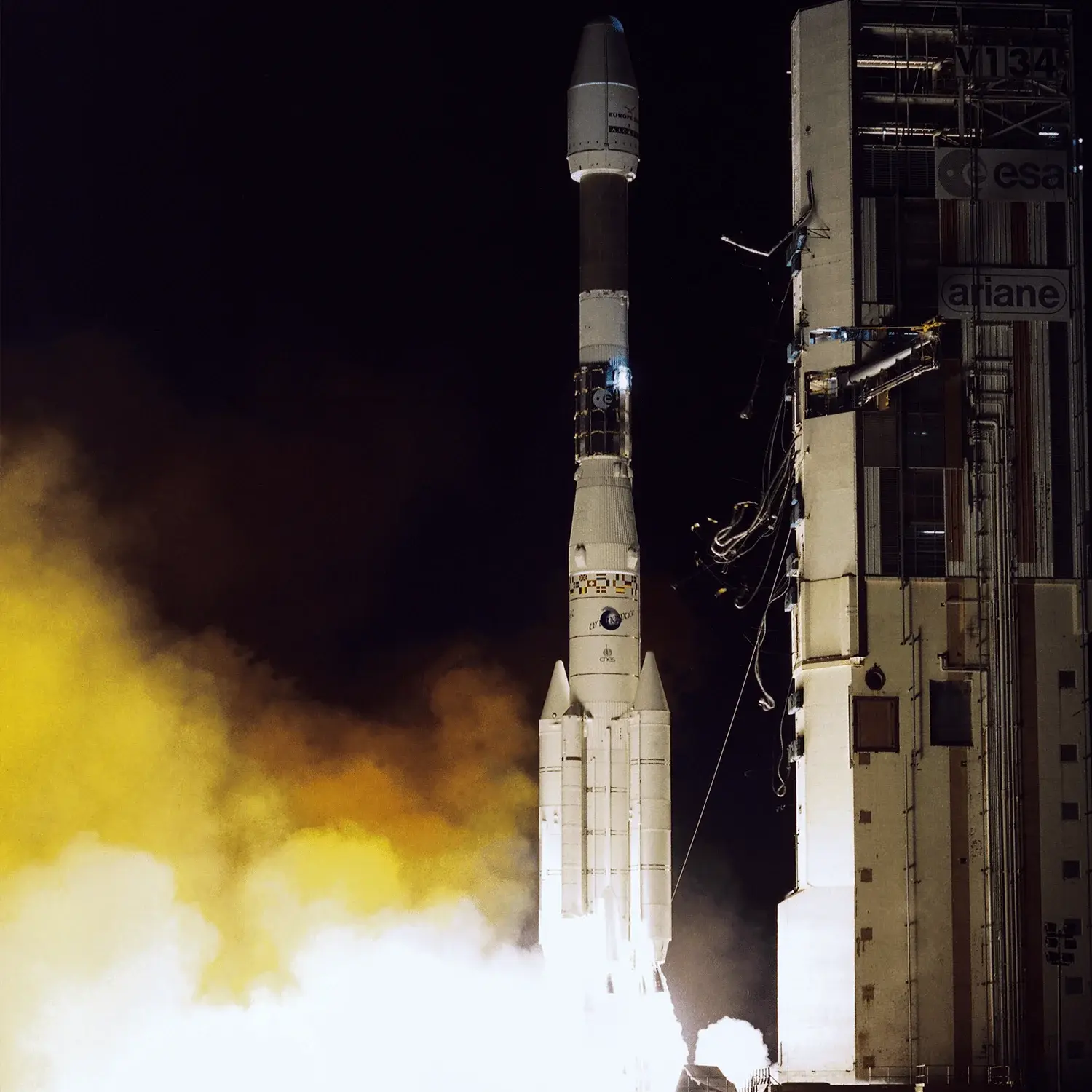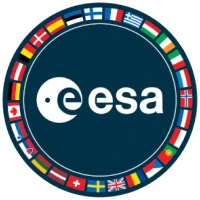Hispasat 1A & Satcom C3
Launch Success
Liftoff Time (GMT)
23:04:00
Thursday September 10, 1992
Mission Details
Launch Notes
First flight of Ariane 44LP with an H10+ stage. Flight V53.
Hispasat 1A
Hispasat 1A and B were the first two satellites in the national system operated by the Spanish satellite communications operator Hispasat, for a dual civil/military mission, offering services to telecommunications operators and radio broadcasting both in Europe and North Africa and America. Hispasat 1A was launched in September 1992, and Hispasat 1B in July 1993. From its orbital position of 30 degrees West above the Atlantic and close to the Brazilian coast, this was the first European satellite system to provide transatlantic capacity, simultaneously covering all the Latin American countries and the United States, areas that have a great deal in common both culturally and linguistically. The Hispasat multi-mission satellite system consists of a fleet of 4 satellites, a satellite control centre near Madrid, and two payload centres. The Hispasat X-band governmental mission is intensively used by the Spanish Ministry of Defence for communicating with Spanish forces.
Geostationary Transfer Orbit
1 Payload
2,194 kilograms
Satcom 3C
The Satcom series was a family of communications satellites originally developed and operated by RCA American Communications (RCA Americom). Satcom was one of the early geostationary satellites; the first was the Syncom series, in 1964. The first Satcom satellite, Satcom 1, was launched on December 13, 1975. The last satellite, Satcom K2, was placed into orbit on November 27, 1985, and was de-orbited in February 2002. Satcom was first superseded and then replaced by the GE series of satellites. Satcom (which stands for "satellite communication") was an artificial geostationary satellite that facilitated wide-area telecommunications by receiving radio signals from Earth, amplifying them, and relaying them back down to terrestrial receivers. The Satcom system passed to General Electric with its purchase of RCA in 1986. RCA Americom became GE American Communications (GE Americom) and the satellite construction division became GE Astro Space. GE Astro Space was sold to Martin Marietta (now Lockheed Martin Space Systems) in 1993. In 2001 GE sold GE Americom to SES Global, creating SES Americom.
Geostationary Transfer Orbit
1 Payload
1,375 kilograms
Rocket


Manufacturer
ESARocket
Diameter: 3.8m
Height: 58.72m
Payload to Orbit
GTO: 4,220 kg
Liftoff Thrust
5,800 Kilonewtons
Stages
3
Strap-ons
4
Launch Site
Stats
Ariane 4
25th
Mission
5th
Mission of 1992
European Space Agency
44th
Mission
5th
Mission of 1992
1992
62nd
Orbital launch attempt